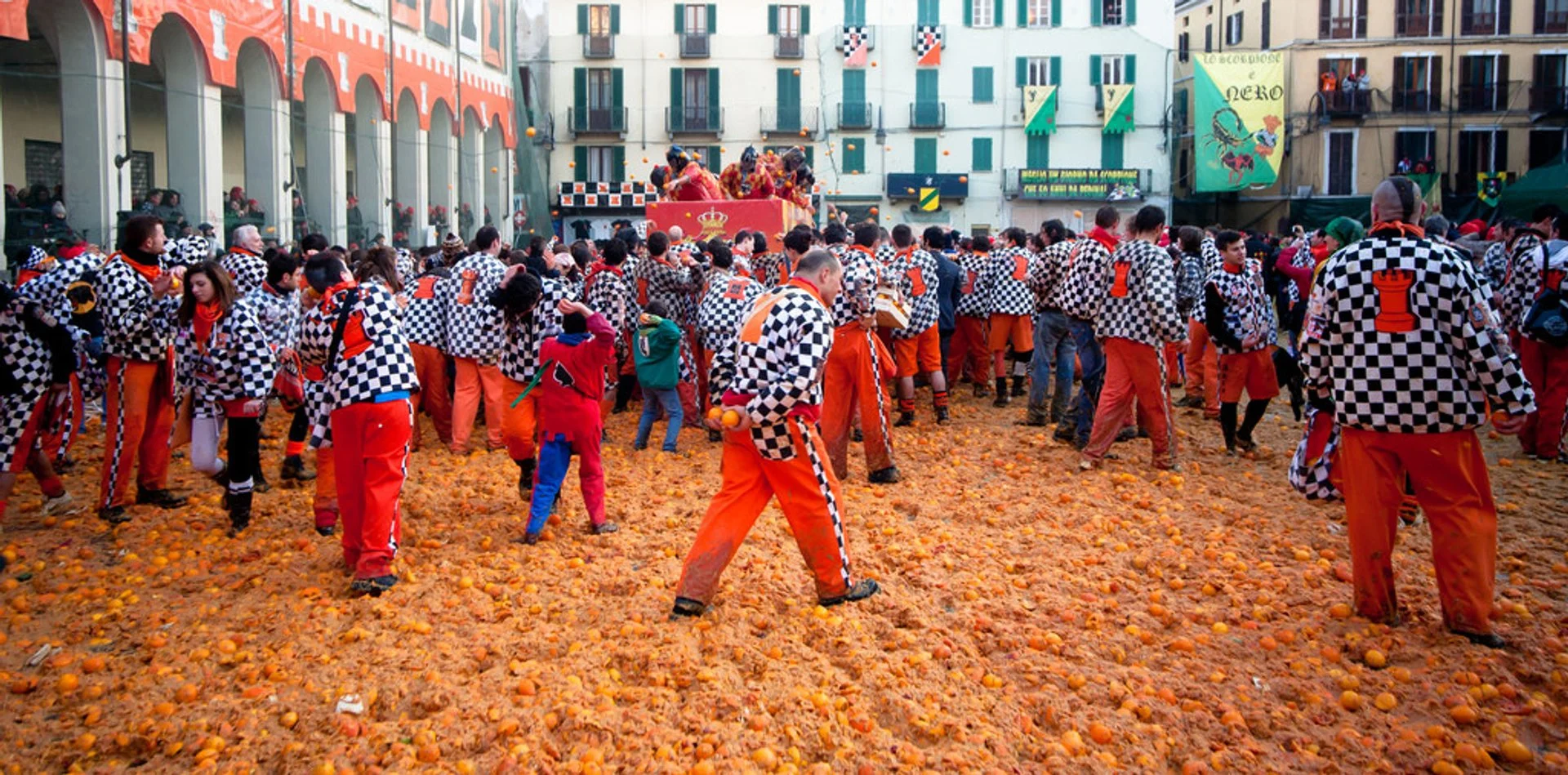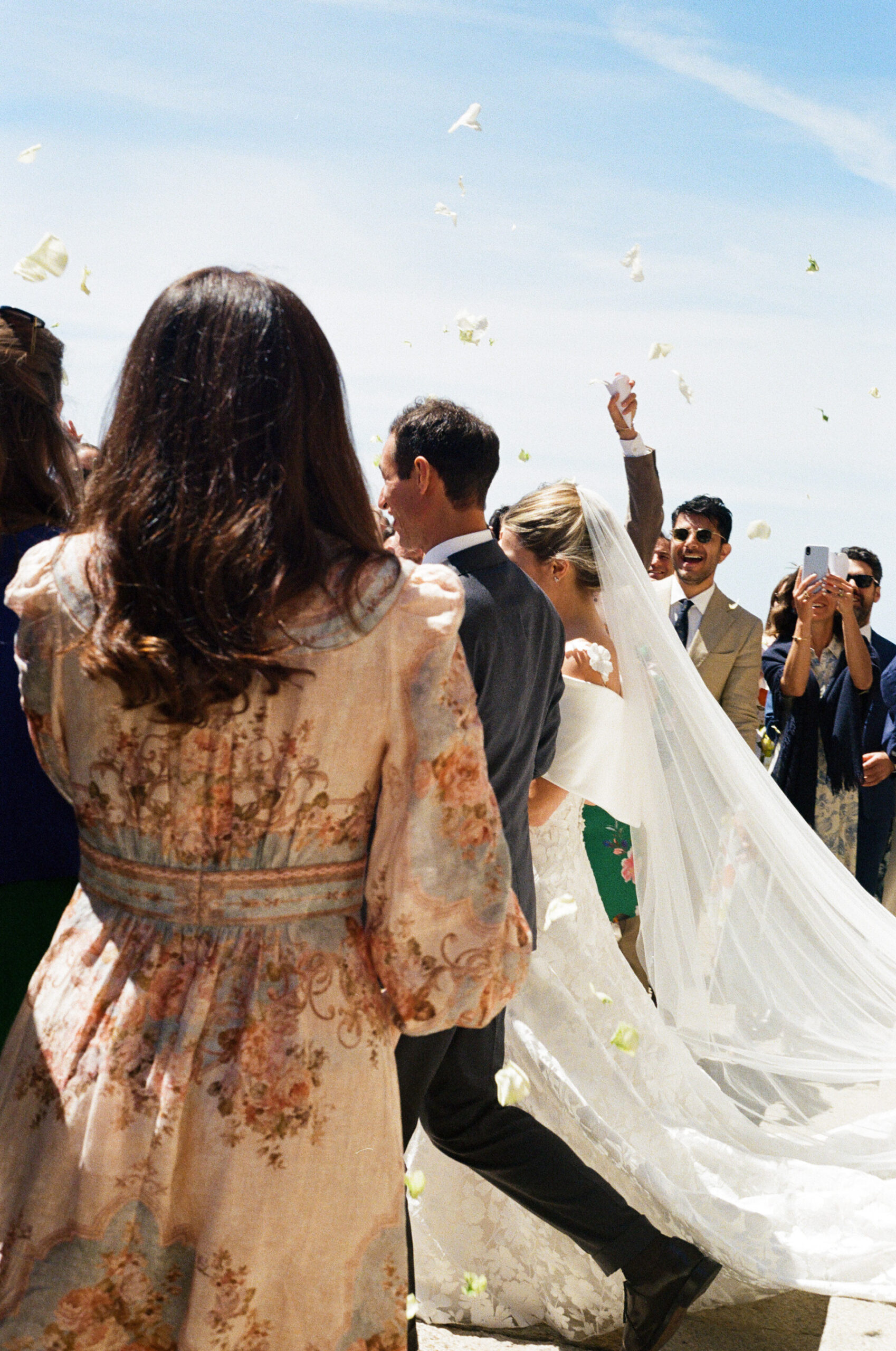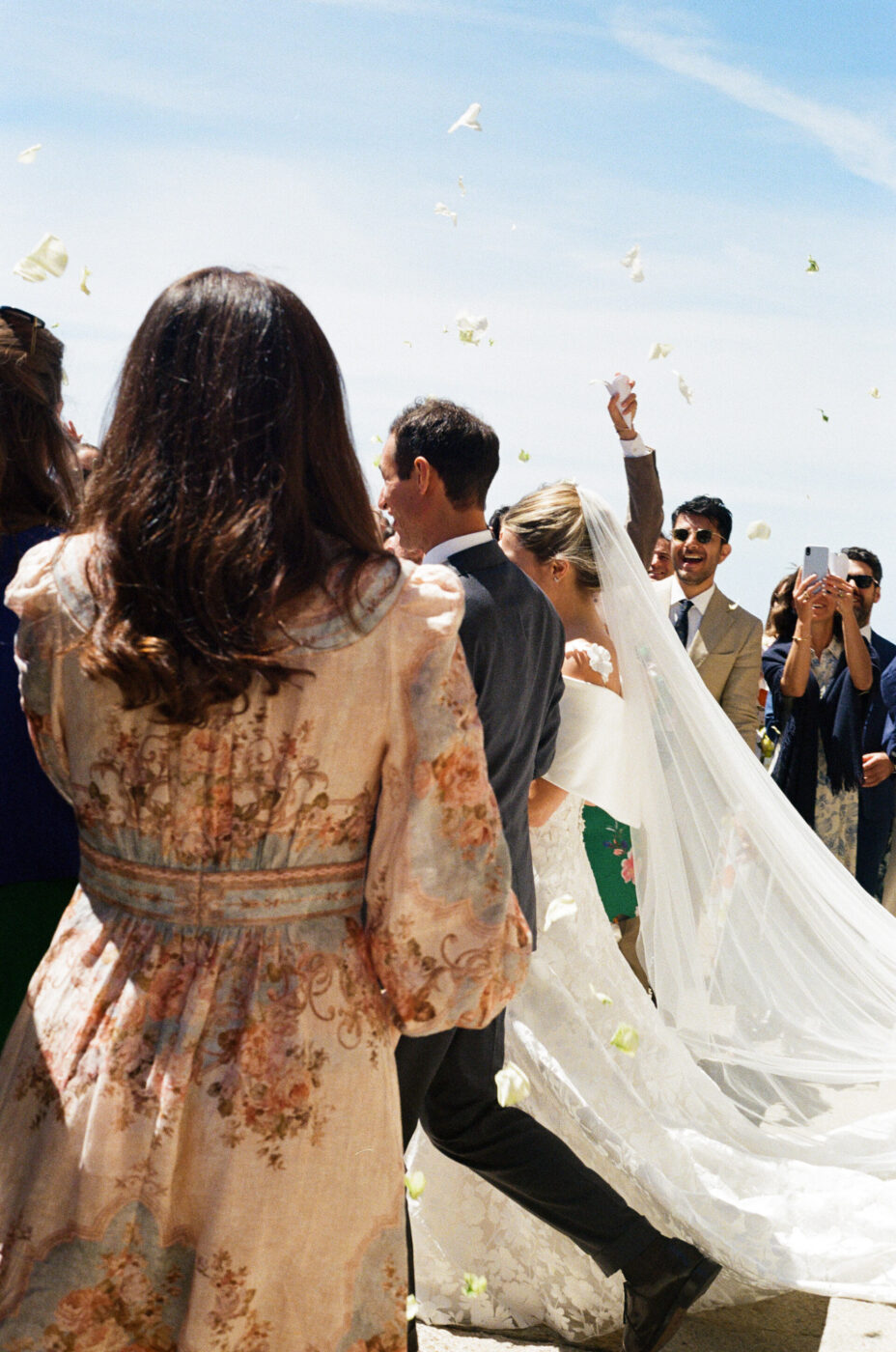Shot from cannons, dropped with balloons from ceilings, accompanied by horns or music, tossed over graduates, newly-married lovers, and fresh babes: it’s confetti! Ubiquitous at celebrations and festivities, the flittery, gently-floating, brightly-colored plethora of papery pieces launched by friends, family, or fans that we’re familiar with used to look a bit different. Imagine: whole fruits and rotten eggs launched like missiles, mud balls thrown like grenades, chalk and candied seeds and nuts raining like pellets. Celebrations and festivities sometimes looked and felt more like battles and, at times in history, they nearly were.
Confetti wasn’t always a pain-free party supply–especially if you were an Italian celebrating during the cusp of the Medieval Era and Renaissance. The practice of throwing things in revelry is best recorded in Northern Italy: some of the oldest written records of “confetti” date to the Italian Middle Ages, with cities like Ivrea and Milan being mentioned quite a bit. Like most celebratory practices in history, there was a good amount of borrowing, reinterpretation, and expression of power: ancient pagan celebrations around the world tossed grains or seeds, flowers or branches, woven crowns or good luck tokens, often upon warriors, nobles, lovers, and in honor of higher powers. But for confetti as we know it today, we have the Italians to thank.
During Medieval-era celebrations, nobles would toss flowers, candies, and eggshells stuffed with perfumed essences and materials to the crowds. In return, peasants and commoners would mockingly return with rotten eggs and mud balls. Ivrea’s tradition involved the launching of oranges, a grand celebration still practiced to this day that developed from a series of dramatic events involving the proclamation of primae noctus by an evil Conte, a defiant young woman who cuts off his head, and a centuries-long change from throwing beans to oranges.

Ivrea Orange battle; Photo by Alessio Ferreri
With festivity comes fervor, spreading and infecting attendees and often resulting in neighborhood rivalries and battles. It became such a problem that in 1597, the then-governor of Milan banned egg-throwing and squittaroli, the spraying of liquids in the street (and a new favorite Italian word). Deemed as amoral and in poor behavior (not demure at all), this style of confetti disappeared for nearly a century before it reemerged in the form of candied seeds in the 1700s.
By this time, confectionery technology, royal influence, and increased access to worlds of new flavors had grown in tandem, making for many confetti possibilities. Since the Medieval Era, European powers had benefited from (and exploited) the Silk Road, the Transatlantic, and the Trans-Saharan trade routes, all of which brought new flavors and ingredients into the common Italian landscape: sugars and spices, herbs and seeds, fruits and grains. As the market expanded, the value of goods changed–launching whole eggs, fruits, or flowers would have been expensive and wasteful. Seeds were an ideal substitute: smaller, easily coated, and less expensive. A popular choice was the readily-accessible coriander (the seeds of cilantro), which became known as coriandoli. Here, it gets a bit confusing as coriandoli spreads in popularity and becomes synonymous with the act of throwing things, or confetti. Coriandoli for Italians are what everyone else would refer to as confetti–those flittering, colorful pieces of paper. Confetti for Italians are candied treats like Jordan almonds, sugar-coated seeds, bon-bons, or sprinkles.
Of course, the latter remained expensive for the masses and little chalk balls (really more like pellets) became a popular alternative. And of course, again, they too became weaponized–after all, Italy is no stranger to neighborhood disputes or regional wars. In the 1800s, these benis de gess (chalk candies) were banned as the celebrations became too large, dangerous, and violent; imagine thousands of people battling each other with pastiglie Leone. Ouch. Mud balls made a comeback, circumventing the rules, but it left a gaping hole for tossable things in these celebrations. It was prime time for someone to create something affordable that could be tossed, enjoyed, and not cause harm. Enter Enrico Mangili and Ettore Fenderl.

Coriandoli thrown at Carnevale
There is still ongoing debate about who did what first, so to appease the masses we’ll say that both of these men are credited for creating the modern confetti we know today. In 1875 Milan, Enrico was working within the world of silk and fabric printing. He recognized the potential of the paper waste made by machines in the factory, which hole-punched paper sheets for silkworm trays. He bagged those little circular papers and distributed them to children to use, becoming both a zero-waste hero and a creator of cheap and readily-available tossables on the streets of Milan. One year later, Ettore, a Trieste-born 14-year-old menace (for lack of a better term), cuts up colored paper in little triangles and dumps a whole bag’s worth on top of a group of girls during a celebration, resulting in major annoyance by them and fascination from bystanders. Typical 14 year-old stuff, right? Either way, the moment that confetti changed from a food-based material to an easily-reproducible, disposable paper one is credited to both Enrico and Ettore. In 1885, confetti was used at the Paris New Year’s Eve, creating massive hype and solidifying Enrico’s and Ettore’s lasting legacy for the celebratory paper.
Today, confetti and coriandoli still feature in celebrations throughout Italy, whether at weddings or graduation ceremonies. If you find yourself in Treviso, perhaps take a trip to Porcellengo di Paese to find the esteemed Signore Franco Carnevale (a fitting last name), who runs the oldest paper-based confetti (technically coriandoli!) production company in existence in Italy today, La Karnaval. If you find yourself in Abruzzo, a stop in Sulmona to visit the Pelino Confetti Museum might be on the list if you want to see how coriandoli (technically confetti!) are made. And if you find yourself at a celebration any time soon, be grateful you’re not the victim of mud balls, chalk pellets, or rotten eggs!



